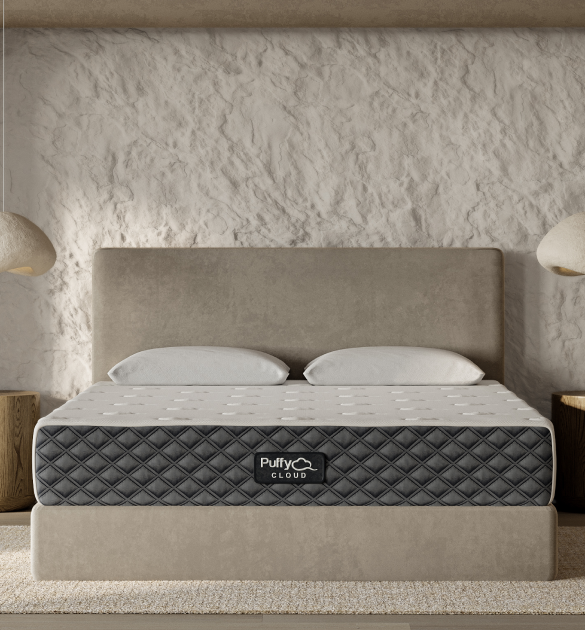Selecting the right mattress size for your baby is more than just a matter of fitting a rectangle into another rectangle (the crib, in this case). The size of the mattress can influence your child's comfort and safety. This article will delve into the various aspects of baby mattress sizes to help you make an informed decision.
What Size is a Baby Mattress?
When you find yourself in the baby section of a department store, it's easy to get overwhelmed. So let's clear the air. Generally speaking, the size of a standard baby mattress is 27 1/4 inches wide and 51 5/8 inches long. However, variations exist.
- Mini Mattresses: Measuring around 24 x 38 inches, these are for mini cribs.
- Portable Mattresses: These are smaller, lighter, and intended for travel.
Takeaway: Knowing the specific needs and constraints of your situation can guide your choice effectively.
Standard Baby Mattress Size
The Consumer Product Safety Commission (CPSC) has guidelines for standard baby mattress sizes. According to the CPSC, a full-sized baby crib mattress must be at least 27 1/4 inches wide and 51 1/4 inches long, with a thickness not exceeding 6 inches.
Takeaway: Always cross-check mattress dimensions against the CPSC guidelines to ensure safety standards are met.
How Big is a Baby Mattress?
It's not just about length and width. The thickness of the mattress also matters. Most crib mattresses are between 4-6 inches thick. A thicker mattress doesn't necessarily mean it's more comfortable; it could even pose a safety hazard if it lifts too high against the crib's guardrail.
- Foam Mattresses: Typically around 4-5 inches thick.
- Innerspring Mattresses: Usually closer to 6 inches.
Takeaway: Thicker isn't always better. Safety guidelines should always be the priority.
How Long is a Baby Mattress?
The 'longevity' of a baby mattress can also be a concern. Most standard crib mattresses will last until your child is ready for a toddler bed, around age 2-3.
- Warranty: Some mattresses come with warranties that may extend up to a lifetime.
- Material: The material quality can affect how long the mattress retains its shape and firmness.
Takeaway: Always check the warranty and material quality to gauge how long a mattress will last.
Check out Puffy mattress reviews from real customers and see how we compare with other brands.
Baby Mattress Size Variations
While standard sizes exist, there are variations:
- Oval-shaped Mattresses: Primarily for bassinets or unique cribs.
- Custom Sizes: Some high-end brands offer customized dimensions.
Takeaway: You’re not restricted to the traditional rectangle if you’re looking for something more specific.
Custom Baby Mattress Size
If standard sizes aren't working for you, custom sizes are an option. Many brands offer this service, but keep in mind:
- Price: Custom sizes are generally more expensive.
- Lead Time: It might take longer to arrive.
Takeaway: Custom sizes offer a tailored fit but come with their own set of challenges.
What to Consider When Choosing a Baby Mattress Size
In choosing a mattress, consider:
- Crib Size: The mattress should fit snugly.
- Room Size: Ensure it leaves room for other essentials.
- Growth Factor: Babies grow fast; choose a size that will accommodate growth for some time.
Conclusion
Choosing the right baby mattress size involves various factors, including room dimensions, crib size, and even your child's growth rate.
Use our store locator to find the closest furniture or mattress store near you and feel the cloudlike comfort of our Puffy Mattress in person.
Always stick to the safety guidelines outlined by the CPSC and consider the longevity of the mattress. Make an informed decision, because your child's comfort and safety should always come first.
Note: This is an educational article. View Puffy's current mattress sizes and options.

- 6 layers of award-winning luxury.
- Medium-firm feel.
- Responsive memory foam.
- 101-night sleep trial.












